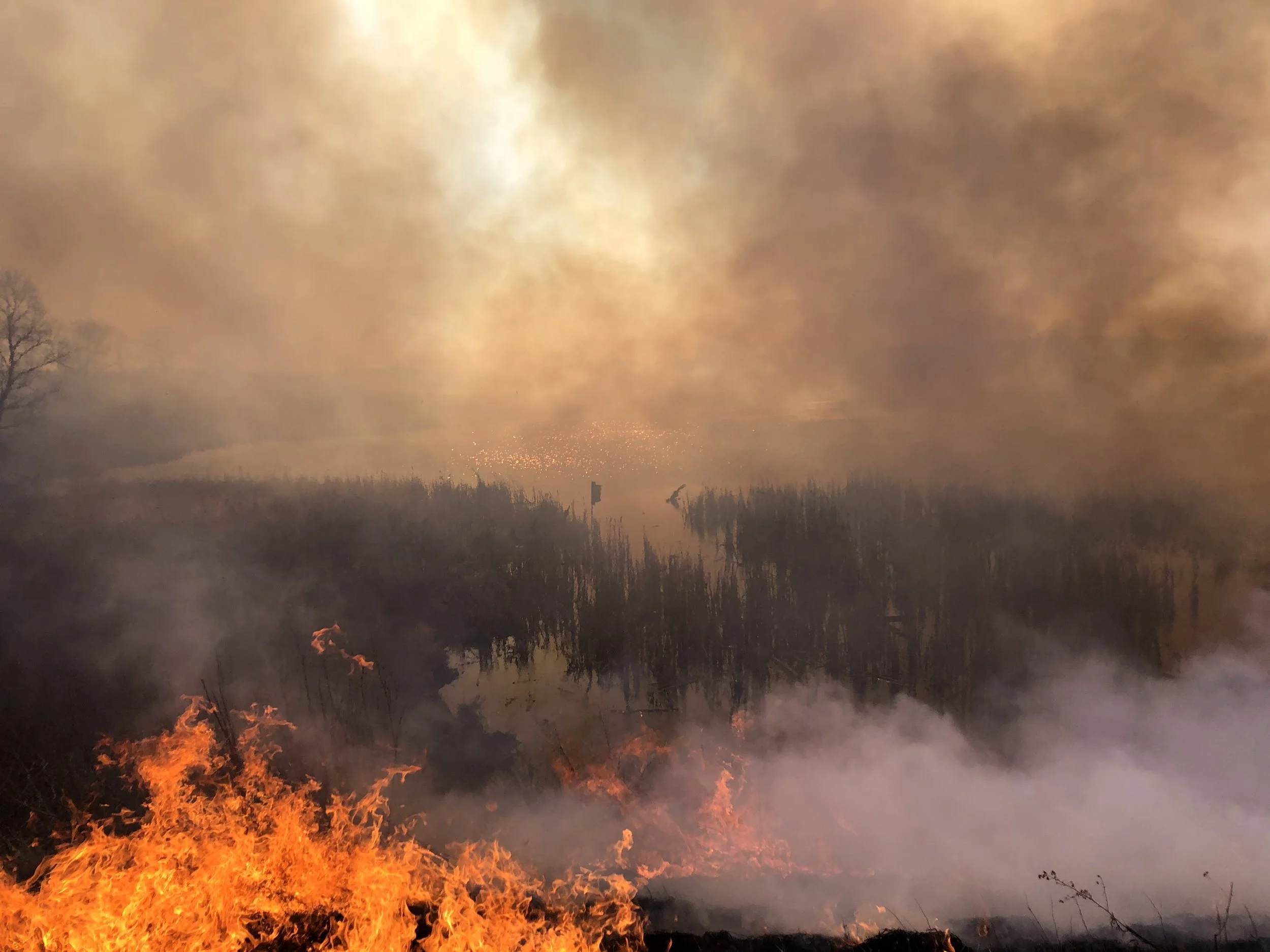Madison Audubon is a non-profit that works to acquire, steward, and conserve land – in other words, a land trust organization. Back in 2012, we made a bold decision to seek national land trust accreditation, a mark of distinction awarded to organizations meeting the highest national standards for excellence and land conservation permanence. This was no easy undertaking. Indeed, of roughly 500 Audubon chapters in the U.S., there is only one other chapter that has received this distinction. We're proud to say that Madison Audubon is now the second nationally-accredited Audubon chapter and among an elite group of other land trust organizations around the country that have received this recognition!
One of these is not like the others
North America’s smallest falcon, the American kestrel, is getting a leg-up in south-central Wisconsin. Four orphaned kestrel chicks were discovered and brought in for rehabilitation, and placed into foster kestrel nests that allowed the chicks to be raised by wild mothers with nestlings their own age. This effort was done in partnership between Madison Audubon, Central Wisconsin Kestrel Research program, and Dane County Humane Society’s Wildlife Center.
Madison Audubon photo
A snowy owl who almost made it back home
In January 2018, a snowy owl near Arlington, WI was outfitted with a GPS transmitter and tracked by hundreds of scientists and community members. In April, he was found dead in Benton County, Minnesota. The story of “Arlington”, the snowy owl, is one of science, conservation, and community.
Snowy owls hatch and spend their summers and fall in the tundra of northern Canada, and migrate south in early winter, especially in years of high lemming populations when many young are raised. One particular snowy owl was six months old in December when he stopped to spend the winter near Madison Audubon Society’s Goose Pond Sanctuary and the UW Arlington Agricultural Research Station, 17 miles north of Madison. He was one of thousands of snowy owls that flooded into the northern United States and southern Canada during this snowy owl “irruption year”.
Photo by David Rihn
'Tis the Season to be Burning
Spring is prescribed burn season here at Faville Grove, and across southern Wisconsin. There's a lot that goes into a prescribed burn: We take into account the relative humidity, soil moisture, wind speed and direction, temperature, and sky cover. We also need to notify neighbors, the county sheriff, and round up a crew of volunteers on days of a burn. Setting fire to the landscape can be a thrilling experience, but the best burns are those that are boring--excitement means something unplanned has occurred and unplanned events with fire are not a good thing!
You can see in these photos that we only burn when conditions are ideal for what we're trying to accomplish; in both photos with the road, you'll see that the wind is sending the smoke billowing away from the driving lanes, which is necessary for us to conduct a burn along these areas.
Photo by Drew Harry
Reflections of a Goose Pond Sanctuary Land Steward
I’ve had so many wonderful experiences as the Goose Pond Sanctuary Land Steward. Some memories stand out and seem to define my time here, while others lose all their sharpness and instead coalesce into something like background music, except that this background music is made up of whistling swans and rustling prairie grasses. I’ve attempted to share a bit of both of these types of memory here. I hope that these reflections will add something to your own savored memories of nature and conservation.
Photo by Maddie Dumas






